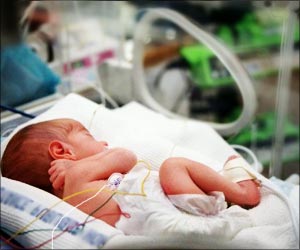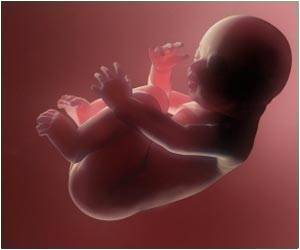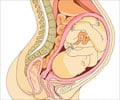Can stillbirth be inherited? Yes, genes for losing a baby to stillbirth are often passed down through father and other male relatives in the family.
- Losing a baby to stillbirth is on the rise
- Stillbirth can be inherited and is more likely to be passed down through father and other male relatives in the family
Read More..
Can Stillbirth be Inherited
Newly published research is the first to show that stillbirth can be inherited and tends to be passed down through male members of the family. That risk preferentially comes from the mother’s or father’s male relatives—their brothers, fathers, grandfathers, uncles, or male cousins. But, the odds of a couple losing a baby to stillbirth are even greater when the condition comes from the father’s side of the family.Losing a Baby Before Delivery can be Heartbreaking
“Stillbirth is one of those problems that is so tragic and life-changing,” says Jessica Page, M.D., an assistant professor in the Department of Obstetrics & Gynecology at University of Utah Health and Intermountain Healthcare. “It is especially frustrating when you don’t have a good answer for why it happens. This knowledge may give us the opportunity to change how we risk stratify people and reduce their risk through prevention.” The results, published in BJOG, come from the largest study of its kind to examine the health histories of families over multiple generations. Page is co-author on the study led by Tsegaselassie Workalemahu, Ph.D., and senior author Robert Silver, M.D., both of whom are faculty in the Department of Obstetrics & Gynecology at U of U Health.“Studying pregnancy provides the opportunity to improve the health of future generations,” Workalemahu explains. He says that understanding patterns of stillbirth in families may help genetic counselors advice their patients about their risk. It is also an important step toward identifying specific genes that increase the risk of stillbirth, which could one day lead to better diagnosis and prevention.
Risk Factors for Stillbirth
In the U.S., stillbirth is more common than many people realize, occurring in 1 in 165 births among babies that are 20 weeks or older. The risk goes up when the mother has certain health conditions such as gestational hypertension, preeclampsia, or diabetes, but the causes of as many as 1 in 3 cases still go unexplained.To understand other risk factors contributing to stillbirth, the scientists examined 9,404 stillbirth cases and 18,808 live birth controls between 1978 and 2019 that were represented in the Utah Population Database, a genealogical resource linked to health, birth, and death records. They found that 390 families had an excess number of stillbirths over multiple generations, suggesting there are genetic causes of stillbirth.
Genetic Risk of Stillbirth
By comparing incidence of stillbirth among first-, second-, and third-degree relatives of babies from affected families with the equivalent relatives from unaffected families, the scientists identified familial risk in related individuals. Their analysis revealed that an increased risk for stillbirth was passed down through male family members, a trend that had not been seen before.“We were able to evaluate multigenerational trends in fetal death as well as maternal and paternal lineages to increase our ability to detect a familial aggregation of stillbirth,” Workalemahu says. “Not many studies have examined inherited genetic risk for stillbirth because of a lack of data. The Utah Population Database (UPDB) allows for a more rigorous evaluation than has been possible in the past.”
The population in the UPDB has similar genetic diversity to the U.S. population of northern European descent and may not be generalizable to the general U.S. population. Future studies will need to determine whether the trends hold true among people of different races and ethnicities.
“Stillbirth rate reduction has been slow in the USand we think many stillbirths may be potentially preventable,” Page says. “This is motivating us to look for those genetic factors so we can achieve more dramatic rate reduction.”
Reference:
- Familial aggregation of stillbirth: A pedigree analysis of a matched case–control study - (https://doi.org/10.1111/1471-0528.17301)
Source-Eurekalert













